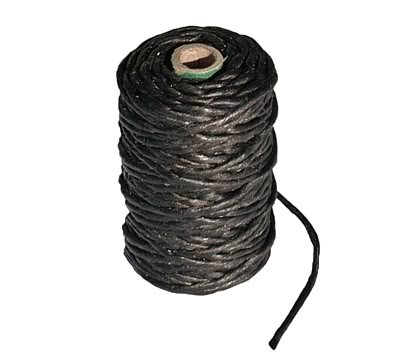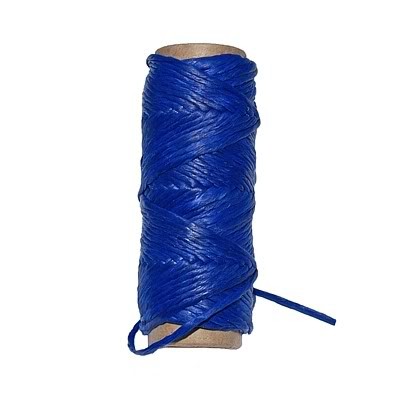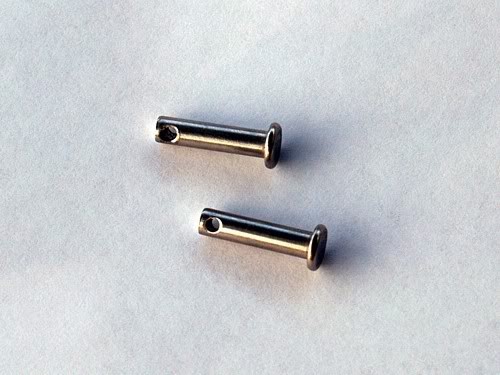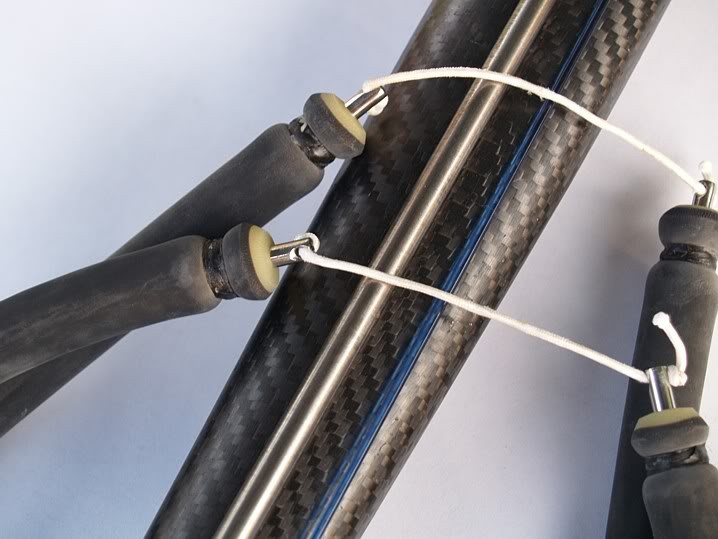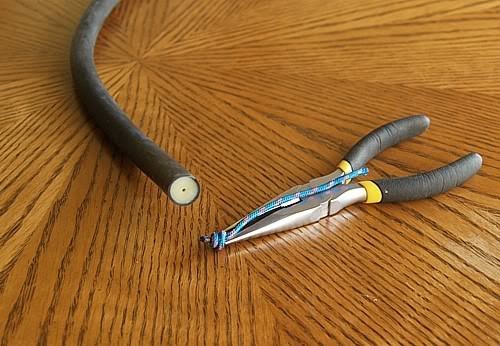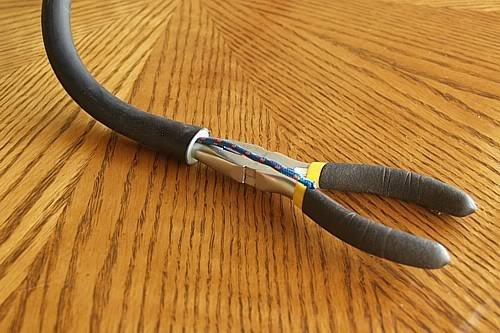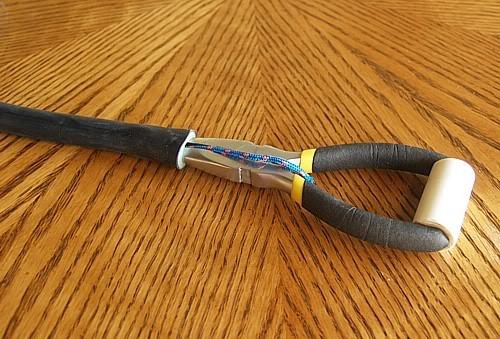Dan
I would like to get some tubing from you soon to make my own bands, but was curious if you also have band tying line? do you have the band tying line (thin black) to go along with it? what is best to use for tying as far as ease of tying a constrictor knot, strength and durability?
Thanks
Also, maybe a nice instructional page on the forum would be a good idea, making bands (cutting correct length, tying, wishbones, etc) rigging reel line, sharpening shaft points, etc. Just a suggestion. (similar to Mako speargun site, but, of course better).


